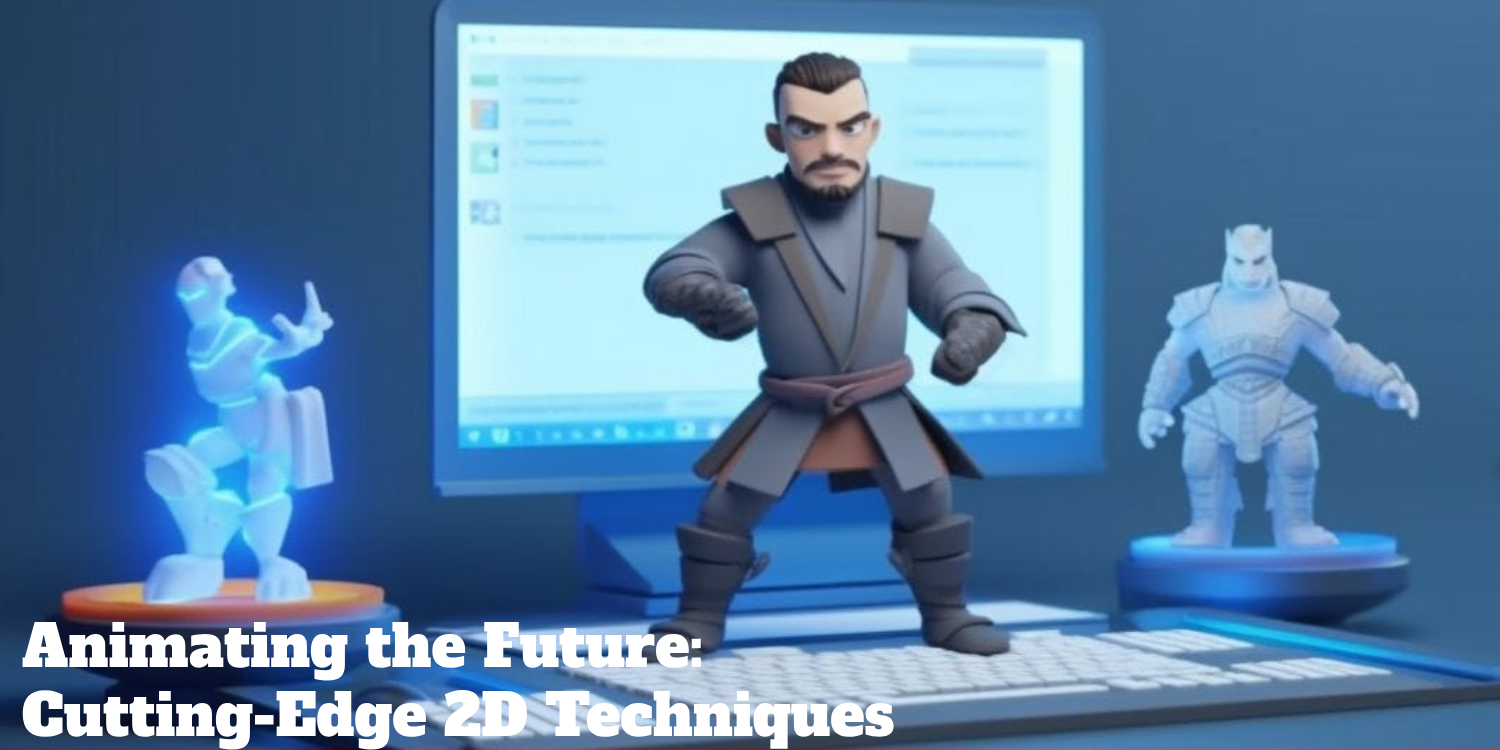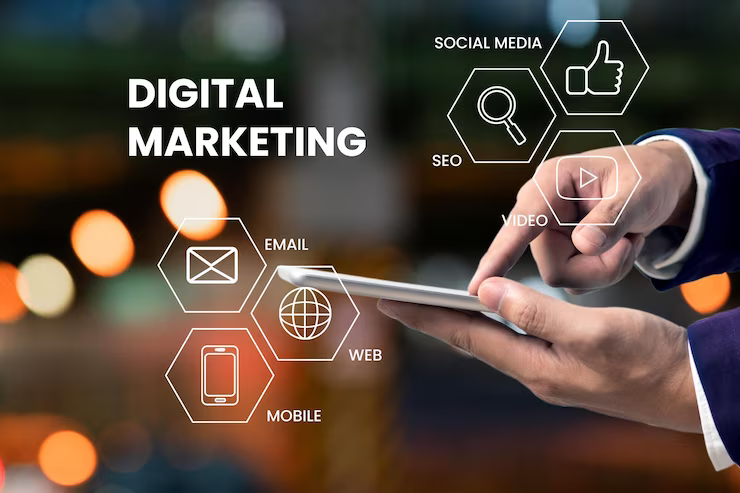Animating the Future: Cutting-Edge 2D Techniques

Animating the future with cutting-edge 2D techniques involves a blend of traditional animation principles with innovative digital tools and workflows. As technology advances, animators have access to an array of techniques that push the boundaries of what can be achieved in 2D animation. From procedural animation to AI-driven tools, the possibilities are expanding rapidly, offering new avenues for creativity and expression.
Evolution of 2D Animation:
2D animation has come a long way since its inception, evolving from hand-drawn cel animation to digital techniques. Traditional methods involved drawing each frame by hand on transparent sheets (cels) and photographing them in sequence to create motion. This process was labor-intensive and time-consuming but resulted in timeless classics like Disney’s “Snow White” and Warner Bros.’ “Looney Tunes.” Today, with the advent of advanced technology, companies offer comprehensive 2D animation services that leverage digital tools to streamline the animation process while maintaining the charm and artistic integrity of traditional animation.
Digital Revolution:
The advent of digital technology revolutionized 2D animation, making it more accessible and efficient. Software like Adobe Animate (formerly Flash) allowed animators to create smooth, vector-based animations with greater ease. This shift opened up new possibilities for interactive media, web animation, and television productions.
Modern Techniques:
Today, animators are exploring cutting-edge techniques to push the boundaries of 2D animation further:
- Procedural Animation: Procedural animation involves creating motion through algorithms and mathematical functions rather than manually animating each frame. This approach enables animators to generate complex movements, such as fluid simulations, without the need for manual keyframing. It’s particularly useful for effects animation, such as water, fire, or particle effects.
- Motion Capture: Motion capture technology, once primarily used for 3D animation, is now being adapted for 2D workflows. By capturing the movements of live actors or performers and mapping them onto 2D characters, animators can achieve lifelike motion with greater efficiency.
- AI-Assisted Animation: Artificial intelligence is playing an increasingly significant role in animation production. AI algorithms can analyze existing motion data to suggest in-between frames, streamline the animation process, and even generate new movements based on learned patterns. This technology promises to accelerate production timelines and enhance animation quality.
- Multiplane Animation: Multiplane animation, a technique pioneered by Disney in the 1930s, involves layering multiple transparent sheets to create depth and dimensionality in 2D scenes. In the digital realm, this technique has been revitalized through software that simulates the effects of multiplane cameras, allowing animators to create dynamic compositions with layered elements.
- Cutting-Edge Software: Animation software continues to evolve, offering increasingly sophisticated tools for 2D artists. Programs like Toon Boom Harmony and TVPaint provide robust features for character rigging, frame-by-frame animation, and compositing, empowering animators to bring their visions to life with precision and efficiency.
- Interactive Storytelling: With the rise of interactive media platforms and technologies like augmented reality (AR) and virtual reality (VR), animators are exploring new forms of storytelling that engage audiences in immersive and interactive experiences. 2D animation lends itself well to these mediums, offering a versatile canvas for narrative exploration and visual expression.
Explore more about Hiperblox Org Robux and get aware of it.
Case Studies:
Let’s explore how these techniques are being applied in contemporary animation projects:
- “Spider-Man: Into the Spider-Verse”: This groundbreaking animated film from Sony Pictures Animation employed a mix of traditional and digital animation techniques to create a visually stunning world inspired by comic book aesthetics. The filmmakers utilized innovative software tools to mimic the look of hand-drawn animation while leveraging 3D animation pipelines for dynamic camera movements and visual effects.
- “Cuphead”: Developed by Studio MDHR, “Cuphead” is a video game renowned for its hand-drawn art style reminiscent of 1930s cartoons. The studio painstakingly created every frame of animation by hand, embracing the charm and authenticity of traditional animation techniques while incorporating modern game design principles.
- “Love, Death & Robots”: This anthology series on Netflix showcases a diverse range of animation styles and techniques, including 2D animation, 3D animation, and hybrid approaches. Episodes like “Zima Blue” demonstrate the potential of 2D animation to convey emotional depth and storytelling nuance in a visually captivating manner.
Future Outlook:
Looking ahead, the future of 2D animation is filled with exciting possibilities. As technology continues to advance, animators will have access to even more powerful tools and workflows, enabling them to create increasingly immersive and innovative experiences. From real-time animation engines to AI-driven animation assistants, the landscape of 2D animation is poised for continued growth and evolution.
In conclusion, animating the future with cutting-edge 2D techniques involves a synthesis of traditional craftsmanship and technological innovation. By embracing new tools and workflows, animators can push the boundaries of what’s possible in 2D animation, creating immersive, visually stunning experiences that captivate audiences across mediums and platforms. As we continue to explore the intersection of art and technology, the future of 2D animation promises to be as vibrant and dynamic as ever.



